Lessons Learned From 25 Years of Building Top Soil
Oklahoma rancher with 25 years of soil-building experience uses no-till and cover crops to improve his soil biology.
I started no-till about 25 years ago. In other words, not soon enough.
I live and ranch on land my great-grandparents bought to homestead near Okarche, Oklahoma, in 1893.
I also rent land and tell my landlords: “I understand if you rent to someone else with better prices, but your soil is going to be better when I’m done with it.” So far, they’re happy.
I’m managing mostly clay soils, and we get an average of 24 inches of rainfall per year.
Today, we’re a beef cow-calf and stocker operation. We’ve also had sheep on the place since the 1940s.
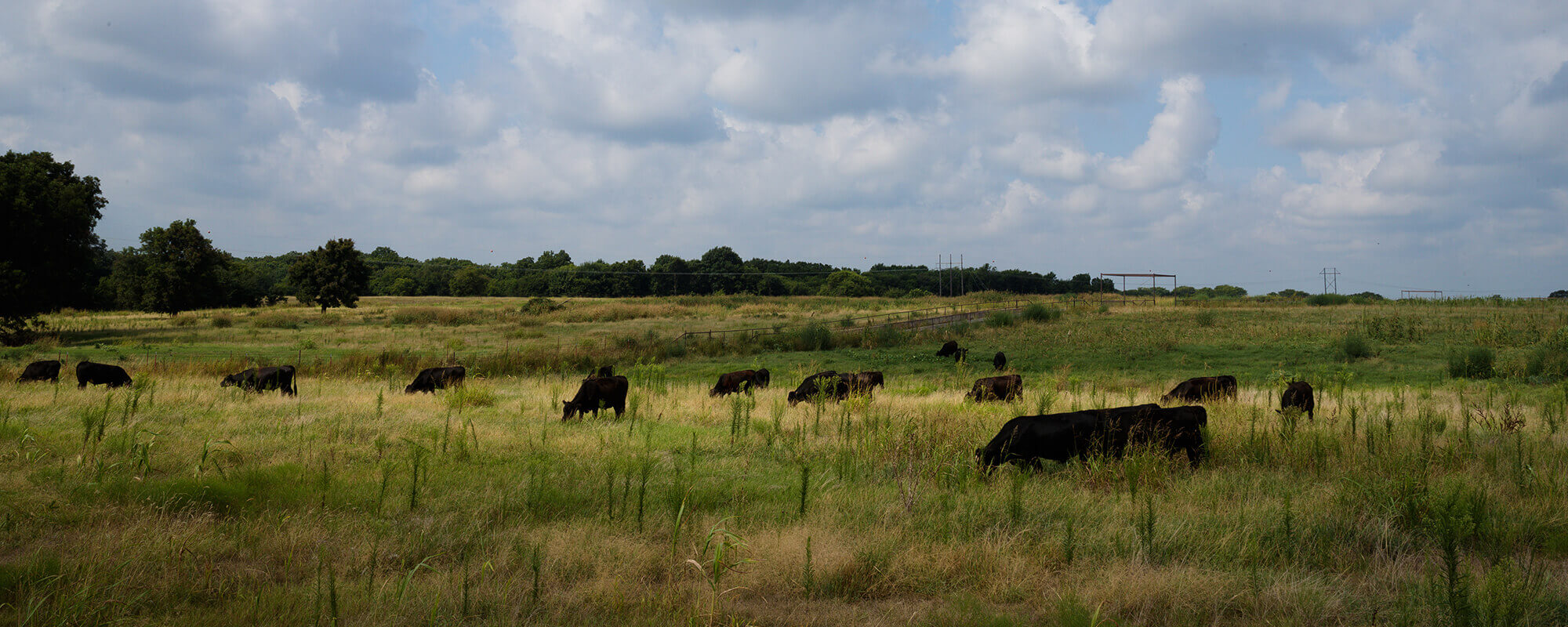
Why I Turned to No-Till
The no-till came about, in part, because we were trying to do too much.
We were raising hogs, farrow to finish, plus the ewes and cattle. I was on the road delivering those animals too much of the time. We were also farming. I got tired of spending all summer in the tractor and the rest of the year in the truck.
A neighbor gave me a tape of Wes Robbins, a long-time soil conservationist from Guymon, Oklahoma. He talked about how we were destroying the soil by plowing it. I started doing my own research, including going out to my fields with a shovel. And I could see what he was saying.
By tilling, we were tearing up the ground just to put it back together year after year. We weren’t giving the land time to heal itself. Instead, we were picking at a scab. In the process, we were draining our soil of resources — drawing from a savings account that had been in decline for 100-plus years.
I had economic reasons to change, too.
One day, I took a check to a neighbor who was custom-grazing for me. He said something that stuck with me: “Are you signing the fronts or the backs of your checks?”
Then I went home to harvest 9-bushel wheat, where each bushel weighed 50 pounds (instead of the typical 60). My crop insurance went up after I put in a claim.
I decided I was signing too many check fronts.
I read “Pasture Profits With Stocker Cattle” by Allan Nation and decided I needed to get forage started earlier for stocker cattle. No-till was my answer. It gave me 30 extra days of forage growth.
Eliminating tillage also benefited my soil.
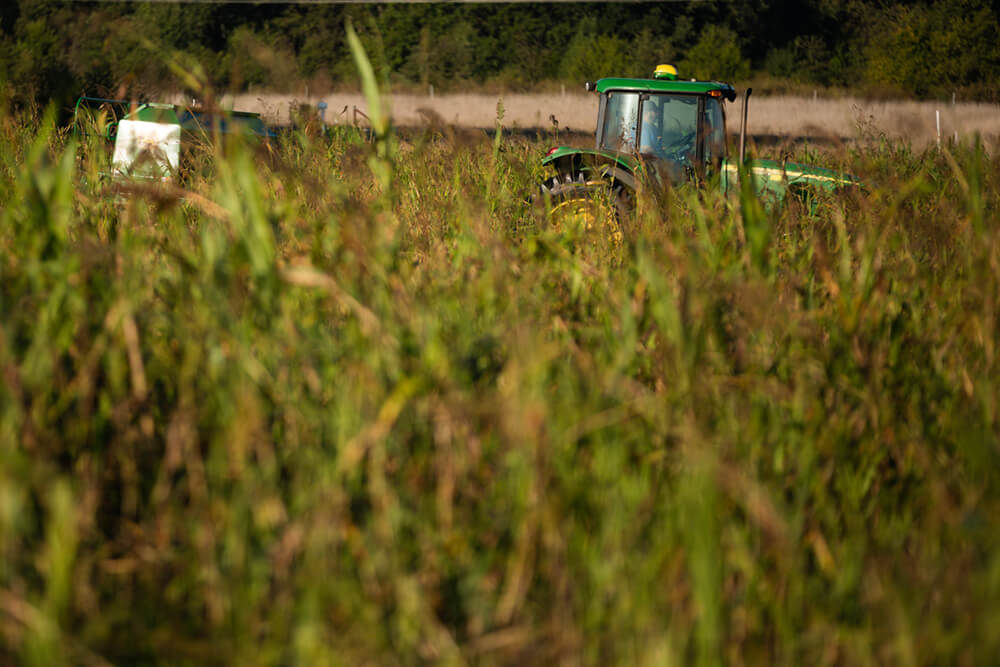
Improving Soil Health
I have an acronym for soil: Saving Our Invisible Livestock.
I’ve learned I can build topsoil by taking care of my invisible, soil livestock — the beneficial fungi, bacteria and other microbial creatures that help cycle nutrients and create soil texture.
Healthier soils stay where they’re supposed to and hold more water. That’s a big deal to me. My biggest limiting factor is MPR — moisture, precipitation and rainfall. After doing this for more than two decades, I can say my water infiltration rate is 14 inches per hour.
Again, it goes back to paying attention to your invisible livestock.
No-till minimizes disturbance to the soil — one of the key principles of soil health and regenerative ranching — which protects my invisible livestock’s habitat.
About 20 years ago, I started using cover crops and saw what they do for my invisible livestock:
Cover crops keep the ground covered.
I don’t want to see any bare ground on my farm. Cover keeps the soil cool, which helps the microbes. They like temperatures somewhere in the range you and I do. My soils average in the 70s under cover in the summer.
Cover also protects the soil from wind and water. I want to keep my soil on my farm, not have it wash away onto a neighbor’s land or into streams.
Cover crops provide roots year-round.
Roots help anchor the soil when high winds and rainfall come.
Roots also make sugars that feed the microbes. In turn, those microbes help the plants access nutrients they need to become high-quality forage for my grazing animals.
Cover crops add diversity.
When I say I use cover crops, I mean I’m planting diverse mixes of forage species two to three times per year — enough so there is always something new (with the old) growing and covering the ground.
Just like our communities need people with different skills, the land benefits from the abilities brought by different plants and animals (including microbes). The more players, the better.
Cover crops provide forage for grazing animals.
Grazing is a direct benefit from planting cover crops. I typically start grazing about 45 days after planting a cover crop, depending on moisture and class of animal.
Grazing covers also gives more time for my native pastures to rest.
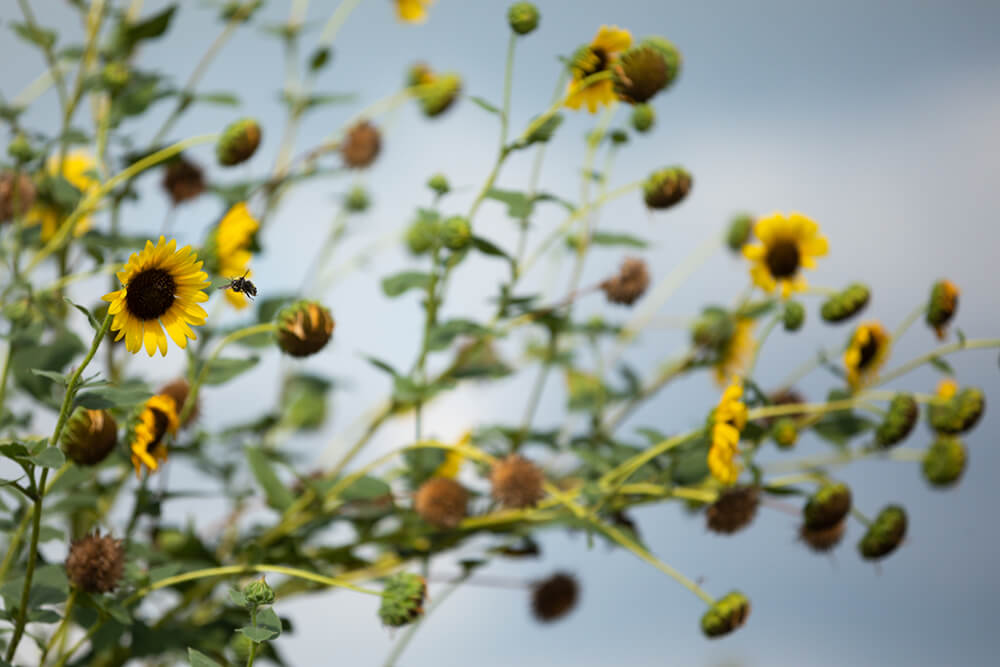
What I’ve Learned About Cover Crops
I don’t get too concerned about following trends about which cover crops to plant. I just go to the local seed store and see what will give me the biggest bang for my buck.
However, I do plan ahead. Right now, I already have next year’s cover-crop seeds in the box ready to plant. You don’t want to get into supply issues.
Sunn hemp and brown-top millet are my go-to cover crops. Sunn hemp gives a lot of biomass and fixes nitrogen. Brown-top millet is drought-tolerant.
Rye is an excellent soil-builder. Buckwheat helps release phosphorus. Barley mellows the soil, creating pores so water can infiltrate.
I’ve also used oats, triticale, rapeseed, viva radishes, sorghum-sudangrass, okra, cowpeas, hairy vetch, pumpkins and sunflowers.
I use two-thirds less fertilizer by regularly growing cover crops. The more-productive soil provides for the plants’ needs naturally.
Last year, I did no chemical burn-down of the covers. I am reducing my use of chemicals to minimize soil disturbance, and I’ve been fascinated by the return of natural predators in the form of ladybugs and spiders. I didn’t use a roller-crimper, either. I just planted the next mix into green, standing cover crops. I had to put GPS on the tractor because I couldn’t see over the covers, they were so tall.
The biggest mistake I see people make is not leaving enough plant residue. Every plant is a solar collector. The more leaf you leave, the more solar panels you have, and the more efficiently you can convert the sun’s energy into pounds of beef.
My fields are a mix of brown and green right now, in early winter. There’s tall residue and patches of different plants, but you can’t judge a pasture by its cover. It’s the soil that counts. My fields may not be pretty, but they are productive.
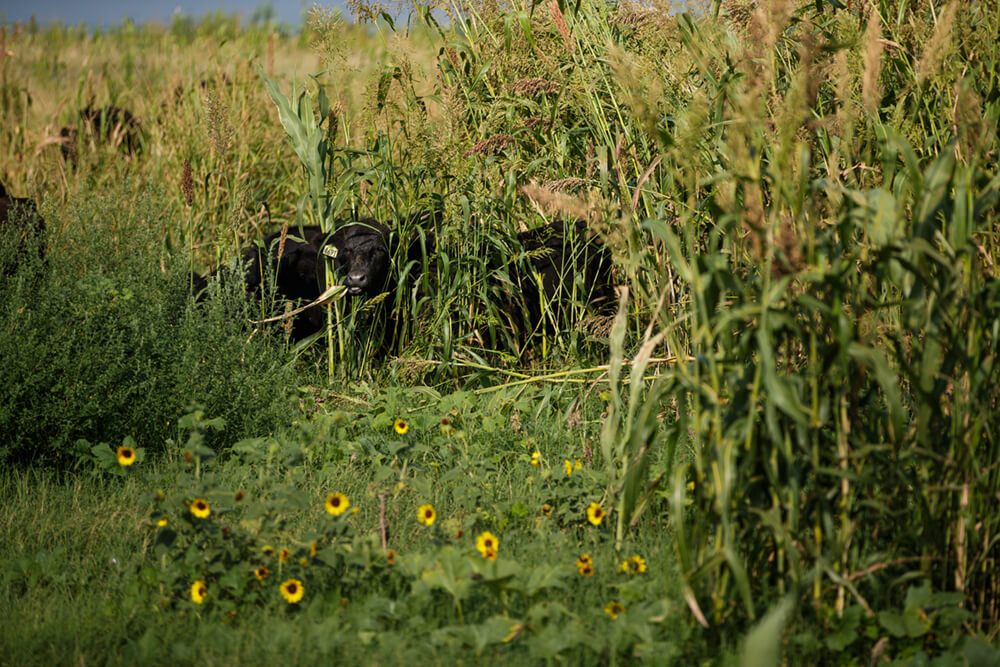
Advice for the Regenerative Ranching Journey
My biggest advice is to not worry about what others think.
When I started out, people said I couldn’t do it. I didn’t have any formal education, but I started asking questions and attending seminars. I questioned why people said it couldn’t be done, and I did it anyway. Guess I’m hard of hearing.
It will take time to get the soil in condition. In my experience, it takes about five years after starting no-till to see a real difference. Many people quit at three.
Before you decide regenerative management is unsuccessful, consider what you’re saving in inputs (fertilizer, fuel, time and labor). Watch for earthworms, and notice how water on your fields is cleaner (not muddy) and soaks into the ground.
This is a risk that will reward itself. You have to leave your comfort zone; but the longer you travel this road, the easier it gets — and the better legacy you’ll leave.
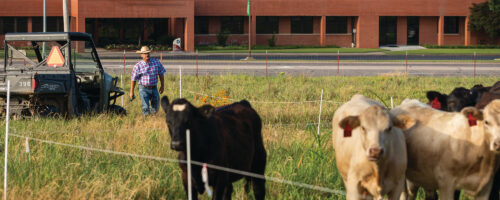
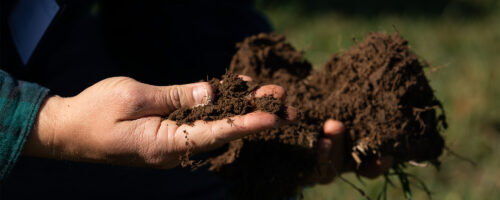
Comment